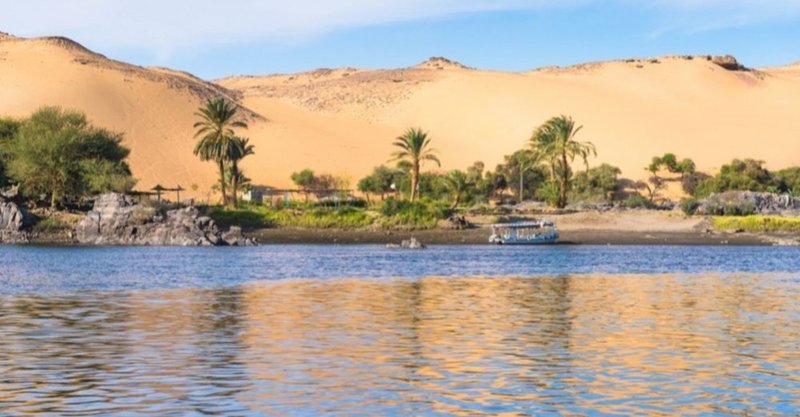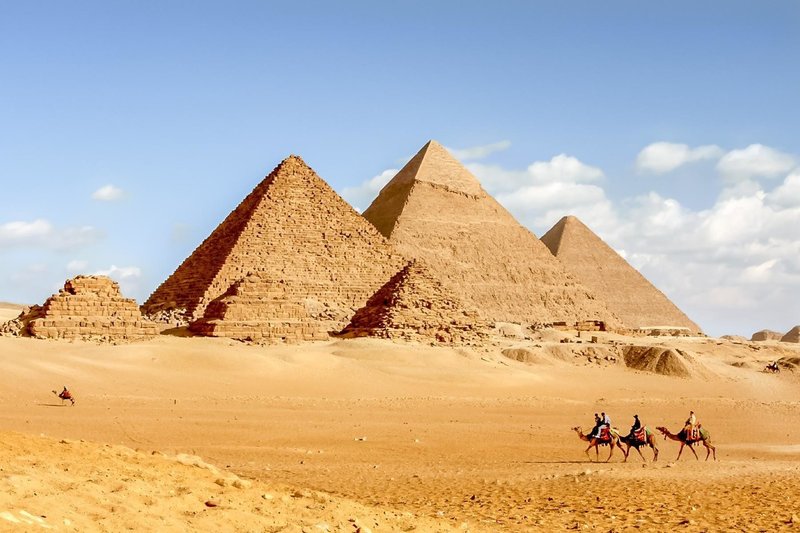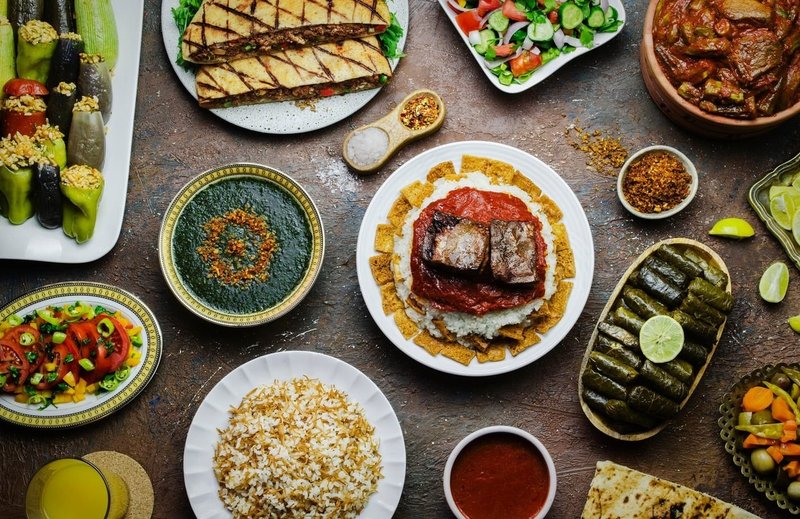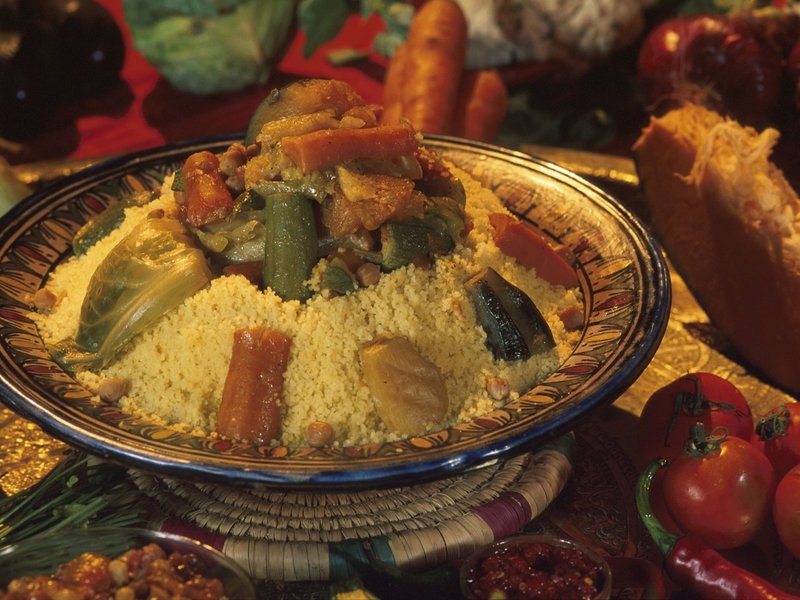
NORTH AFRICAN CULTURE:
Separated from the rest of Africa by the Sahara Desert, the peoples of North Africa share a language and many cultural, political, and economic traditions. The word North Africa includes the modern states of Egypt, Libya, Tunisia, Algeria, Morocco, and the territory of Western Sahara. In this article I will not be able to talk about everything, so I will focus on the cultures of Egypt and Morocco.
EGYPT:

The Egyptian culture has thousands of years of history. Ancient Egypt was one of the earliest civilizations in the Middle East and Africa.
LANGUAGES:
Arabic is the official language of Egypt. But there is also another dialect called Masri and is the official spoken language of the people. The Koiné dialect of the Greek language was important in Hellenistic Alexandria, was used in philosophy and science, and was later studied by Arabic scholars. The Egyptian language, which formed a separate group from the Afro-Asiatic languages, was one of the first written languages and is known from the inscriptions present on monuments and papyrus. The Coptic language, one of the new Egyptian written languages made of Greek alphabet with 7 letters, is today used in the Coptic Orthodox Church.
RELIGION:
The majority of Egyptians are Muslims, and there is also a bigger group of people who are Sunni. Sunni Islam sees Egypt as an important part of its religion not only because there are Quranic verses talking about the country, but also because of the Al-Azhar University, one of the earliest of the world universities. A smaller group is Coptic Christian.
FOOD:
Egyptian food follows different traditions, but examples are the Ful medames, Kushari, and Molokhia. It’s also similar to the food found around the eastern Mediterranean like kebab and falafel.

MOROCCO:

Morocco is a country of different ethnic groups with a culture and civilization. In its history, Morocco had many people coming from both East like Arabs, South, like Africans and Moors and Jews. All those civilizations have had some impact on the social structure of Morocco.
LANGUAGES:
There are different languages in Morocco. The two official languages are Modern Standard Arabic and Berber. Moroccan Arabic known as Darija, is the spoken native language. The “elegant languages” in Morocco are Arabic both Classical and Modern Standard and French, that is the second language for many Moroccans.
RELIGION:
Moroccan culture is firt of all Muslim, but it also had many influences in the past, like Amazigh, Arab, Sahrawi, Sub-Saharan African, Mediterranean, Andalusi, Jewish, European, and more. Because of this many people will be also Christian or Jews.
FOOD:
In Morocco Beef is the most eaten red meat, usually in a tagine with a big selection of vegetables. Chicken is also used in tagines, or roasted.
Because Morocco has two coasts, the Atlantic and the Mediterranean, Moroccan cooking has a lot of seafood dishes. European pilchard is very typical there. Other fish species include mackerel, anchovy, sardinella, and horse mackerel.
Other famous Moroccan dishes are Pastilla, Tanjia and Harira, that is a typical heavy soup, eaten during winter and usually served for dinner. It is typically eaten with bread or with dates during the month of Ramadan. Bissara is a bean-based soup that is also cooked during the colder months of the year.
Bread in Morocco is made from durum wheat semolina known as khobz. Bakeries can be seen a lot around Morocco and fresh bread is in every city, town and village.
There are also dried salted meats and salted preserved meats like khlea and g'did that is basically sheep bacon. These are used to give flavor to the tagines or used in "el rghaif", a folded salty Moroccan pancake.

